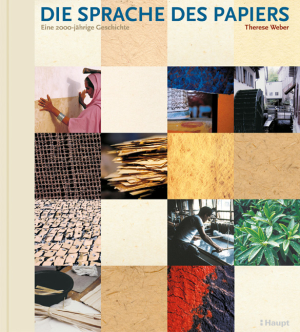Die Sprache des Papiers: Eine 2000-jährige Geschichte
paper crafts

Paper is the carrier of culture par excellence. Thanks to the invention of this practical writing material, a lot of knowledge about the past has been handed down and saved to this day. The exciting history of paper can be found in all cultures. Its origins lie in the Far East, where the first paper-like fiber surface made of hemp was discovered in pre-Christian times and research into this practical writing material began. The Chinese tried to keep their knowledge of paper production secret, but the paper found its way to Korea, Japan and the Silk Road to the Arab world. Paper only found its way into Europe in the 15th century. The almost simultaneous invention of letterpress printing with movable type caused the demand for paper to skyrocket and new raw materials had to be developed. When Nicolas Robert invented the fourdrinier paper machine at the end of the 18th century, the paper frenzy could no longer be stopped. Paper as a raw material was used to make banknotes and pamphlets, as well as hot-air balloons and architectural components. All of these stations, from the precursors of paper such as parchment and papyrus, tapa and amate, to the emigrants who exported the knowledge of paper to North America in the 17th century, are traced in this book. The functions of paper, in addition to its most common use as a medium for writing, in the various contexts of religion, politics and art are specifically highlighted. The traditional methods of papermaking have survived in Japan, China, Tibet, India, Myanmar and Vietnam to the present day. The author has traveled to all of these countries and reported how sheets of paper are beaten, poured and scooped according to old customs in small paper-making villages, even under problematic political conditions. Beautiful paper objects such as Japanese sliding doors, umbrellas, clothing or design items made from paper yarn have long been in demand in the West too. The fascination with paper and working with paper pulp triggered a new movement, ""paperism"", towards the end of the 20th century. In the gallery section, works by international artists such as Robert Rauschenberg, Franz Gertsch and David Hockney are presented as examples.
- Isbn 978-3-258-06793-3
- Ean 9783258067933
- Author Therese Weber
- Editor Haupt Verlag
- Language de_CH